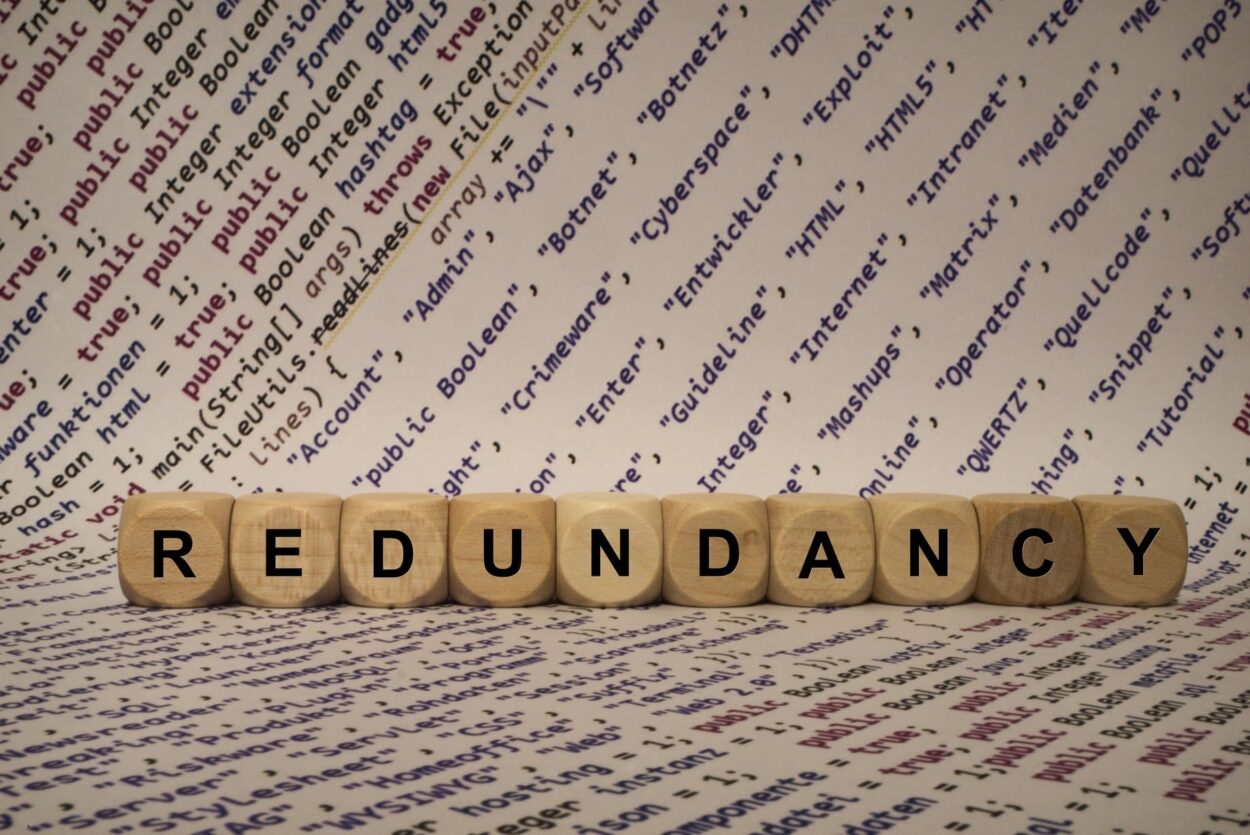Jasmine Birtles
Your money-making expert. Financial journalist, TV and radio personality.


Many companies, including the BBC, are currently inviting staff to apply for voluntary redundancy in an attempt to save money and recover from the coronavirus pandemic. Businesses need to adjust to a new working landscape – and unfortunately, that means cutting some jobs.
As many people can expect to face a voluntary redundancy in the coming months, it’s worth talking about and making sure you know your entitlements. This article helps to explain voluntary redundancy, what you need to consider, and how to plan for it.

A compulsory redundancy is one that is enforced by your employer and unfortunately you have no say in. On the other hand, your employer may offer you a voluntary redundancy but you are under no obligation to accept.
Employers can choose to offer voluntary redundancy packages to their employees before making compulsory ones. They’ll do this to give people an opportunity to leave their role by choice – which means fewer people will lose their job through compulsory redundancy. You may want to consider voluntary redundancy if, for example, you want a career change, you planned to leave anyway, or you’ll receive a hefty redundancy payout.
However, if you’re offered the option for voluntary redundancy, it isn’t mandatory. Although there are no defined set rules, voluntary redundancy packages tend to offer more financial compensation than statutory redundancy pay. Employers offer a financial incentive to help them reduce the need for compulsory redundancies.
Additionally, voluntary redundancies are still classed as dismissals rather than resignation. Therefore you are still eligible for the same statutory rights as someone subject to a compulsory one. You can, for example, immediately apply for Universal Credit once you’re redundant. You won’t have to wait to apply for several weeks, like you do for a voluntary resignation.
Any employer implementing redundancies has a set of rules to follow as a minimum requirement. They don’t have to pay more – but can choose to do so.
Here are they key points you should know:
To calculate your redundancy pay use the Government website’s useful tool.
You’re paid in one lump sum no later than your final pay date. If necessary, it can be phased out over a longer period, between 6 months and 2 years. This has to be agreed between you and your employer in writing.
The first £30,000 of redundancy pay is tax-free. Anything over that, including any severance packages, are taxed at the normal rate.
If you don’t receive all of your redundancy pay, or you believe it may have been calculated wrong, you need to claim within 6 months of your job ending.
All employers have to follow regulations on minimum notice periods. These vary depending on how long you have worked there, but an employer can choose to give you more notice if they wish.
These are the minimum notice periods for redundancies:
Legally, you should be either paid throughout your notice period or given a payment in lieu of notice. Either options are allowed, but will depend on what is permitted in your contract.

When voluntary redundancy is an option, there’s a lot to consider. It’s important to remember that there’s no obligation to accept the offer. However, keep in mind that depending on the company’s reasoning behind the redundancies, you may still be subject to a compulsory redundancy down the line even if you refuse a voluntary one initially. If this happens you will likely have missed out on any additional financial benefits attached to the voluntary redundancy package.
Before accepting, take into consideration how a redundancy package will affect your finances in the long-term. Do you have a mortgage? Or are you going to be applying for a line of credit in the near future? Work out how much you’ll receive in your final pay and redundancy package. Will this cover your bills while you look for a new job?
Depending on your age, early retirement may be an option. Again, take time to work out how you’ll manage financially and how it will affect your current lifestyle. Taking retirement early will likely mean you’ll receive a smaller pension, unless your employer is offering a significant financial deal. Also, you won’t be able to receive your State Pension until you’re at least 66 (this goes up in future years, too).
Whether receiving a redundancy payout will affect your benefits depends on how much you are receiving, and how much you already have in savings. Your savings and redundancy pay won’t affect non-means tested benefits, like disability premiums.
Including any payout, if you have less than £6,000 your benefits are not affected. If a redundancy payout takes your savings to over £16,000 you will not be entitled and will lose your benefits. A taper applies for anything between £6,000 to £16,000.
To find out what you may be entitled to, or how you’ll be affected, you can use the Government’s benefit calculator.
Redundancy is a big change for your financial decisions and the best way to manage it is planning ahead. Your employer is obliged to allow you time off work for interviews so that you can start to plan for the future. If your employer refuses to do so, get in touch with the Employment Tribunal.
Over the course of your redundancy notice period, put extra money aside in preparation for your redundancy. It’s a big financial change for anyone, so the best thing you can do is prepare as much as possible.
If you’ve always been longing for a career change or to start up your own business, now may be a great time for you. Use your redundancy payout to start the dream role you’ve always wanted. Check out Smart and Practical Ways on How to Start Up Your Own Business.
Need more guidance on your redundancy? We have plenty more articles here below, or visit Acas for free, brilliant advice.

Good luck to anyone facing redundancy of any kind at the moment. Tough times.